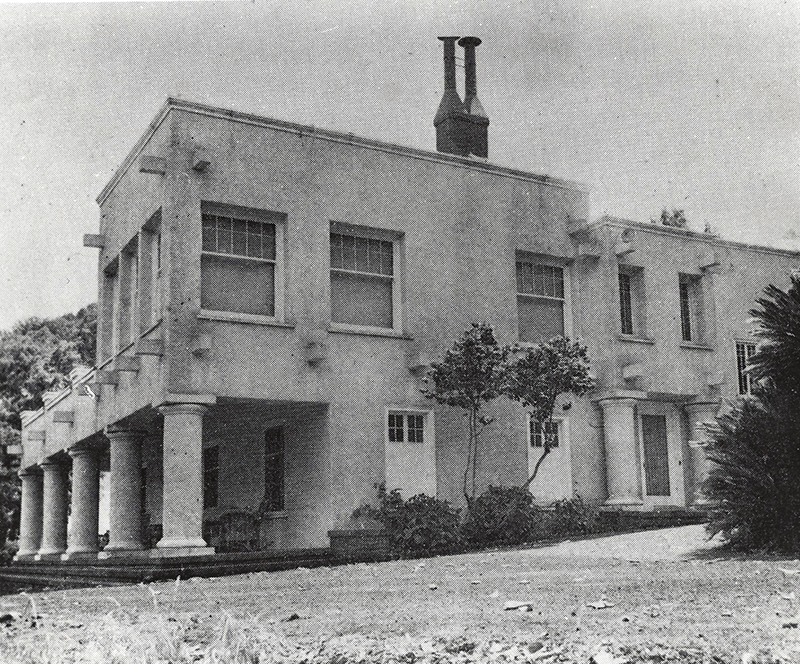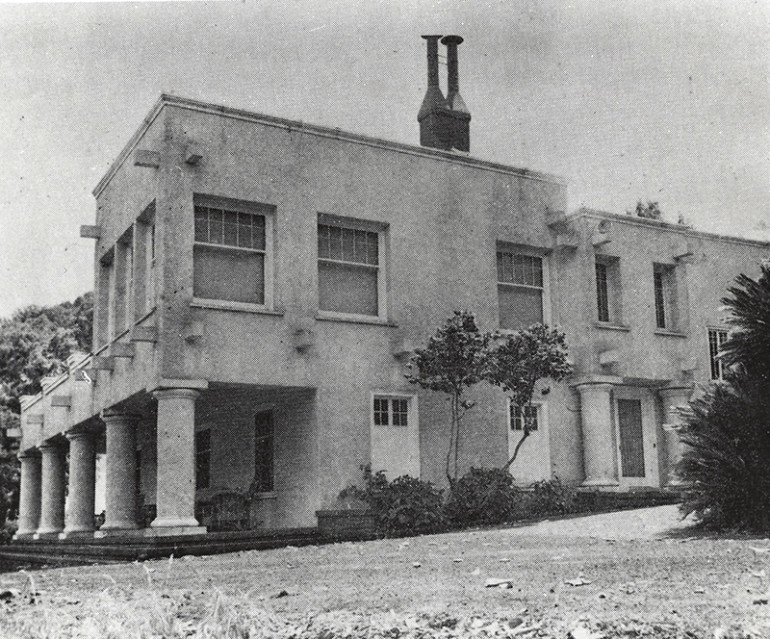
IT STARTED IN the 15th century as an Indian trading village named Olompali, a composite of Miwok words meaning “southern,” “village” and “people.” Then in 1834, a Miwok named Camilo Ynitia was awarded a land grant, and he built an adobe home on the property. But during the Civil War, when Ynitia’s grant was questioned, he sold the property to James Black, who willed it to his daughter Mary and her husband, Galen Burdell, San Francisco’s first dentist. Come the early 1900s, the Burdells’ son James built the 22-room mansion depicted in the above 1950s-era photo. The word “depicted” applies because in the years that followed, someone — no one is sure who, or why — encased the handsome wooden mansion in plaster. And there it mostly sat. Then one day in 1967, a bearded houseboat developer turned hippie named Don McCoy leased the property, turned it into a commune and moved in a group who named themselves “the Chosen Family”; it soon became known as “the White House of Hippiedom.” Periodic tenants included Janis Joplin, Grace Slick, the Grateful Dead and a five-year-old girl named Courtney Michelle Harrison, now known as the rock star Courtney Love. But sometime after midnight on February 2, 1969, a devastating electrical fire ruined all the fun. No one was hurt (reportedly, the tenants were at a rock concert), yet all was lost — all, that is, except the plastered exterior. It still stands, located in what is now called Olompali State Historic Park.
This article originally appeared in Marin Magazine’s print edition under the headline: “Lasting Landmark“.


